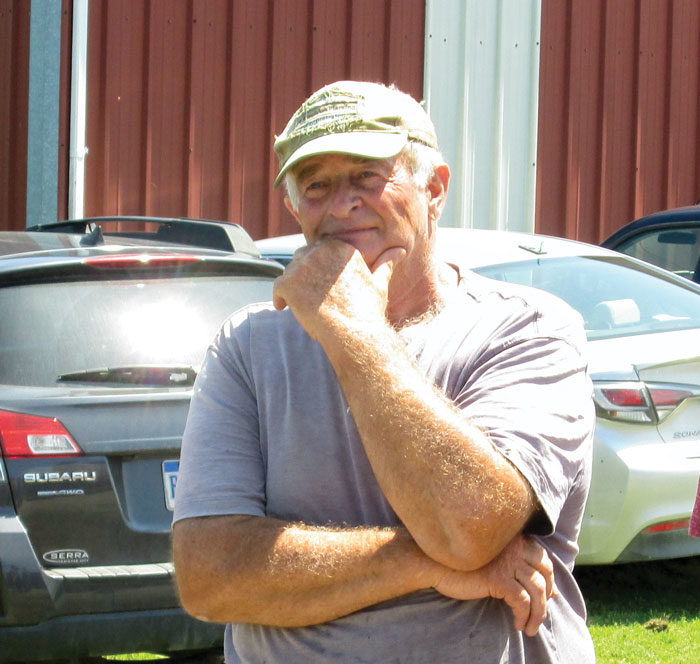No-Till Farmer
Get full access NOW to the most comprehensive, powerful and easy-to-use online resource for no-tillage practices. Just one good idea will pay for your subscription hundreds of times over.

SOLITARY PATH. Clair Armbrustmacher of Clinton County, Mich., is one of few no-tillers in his area. He says no-till has improved his soil enough that he can spread manure from his dairy herd, rather than incorporate it, as most dairymen in his area do.
Every year I tell my friends I hope I make enough this year to farm again next year. So far, so good. Despite what’s going on in the world around us, I feel positive about my farm’s future.
Several strategies keep my farm generally on the right side of breaking even. No-till runs high on that list, as does having enough storage to sit on some grain until the market is right. Switching to twin-row corn and soybeans has increased yields and saved me a fair bit on soybean seed cost.
I’m one of very few no-tillers in my region. Many here aren’t convinced it’s possible, especially when, like me, they have dairy manure to apply. They say the manure has to be incorporated. I disagree. I used to do some vertical tillage to help the process, but my soils are to the point it’s not necessary anymore.
My soils are alive and thriving, as proven by many scientific tests and what I can see with my own eyes. They take in water faster than surrounding tilled fields and quickly cycle nutrients. When compared with other Michigan farms by the NRCS, my soils had the highest soil organic matter (SOM) at 4%. Other long-term no-till fields tested at 3.4% and conventionally tilled soils at just 2.1%.
NAME: Clair Armbrustmacher
LOCATION: Clinton County, Mich.
ACRES: 1,200
YEARS NO-TILLING: 34
CROPS: Corn, corn silage, soybeans, wheat and alfalfa
ANNUAL PRECIPITATION: 20-25 inches
PRIMARY SOIL TYPE: High clay, Capac loam…